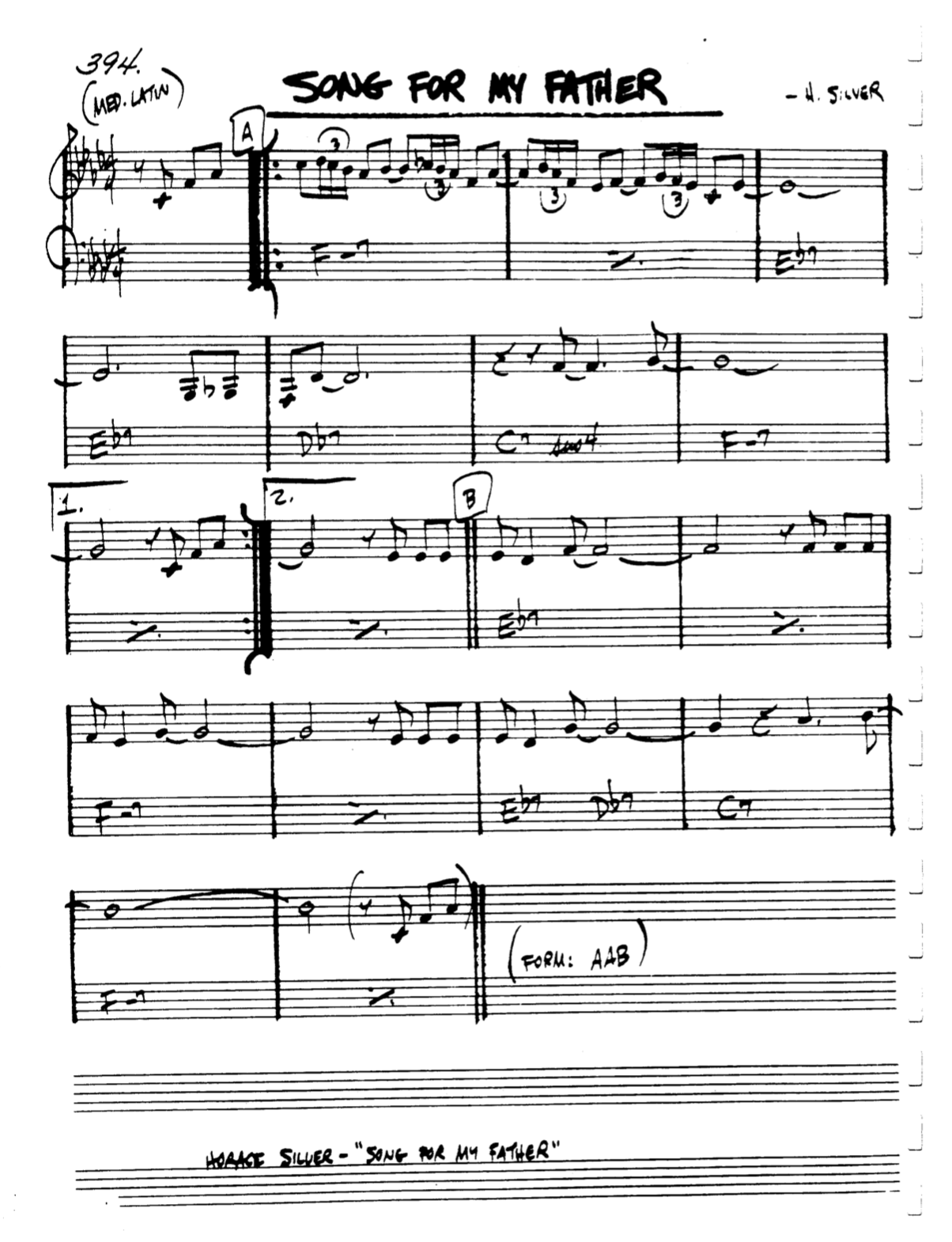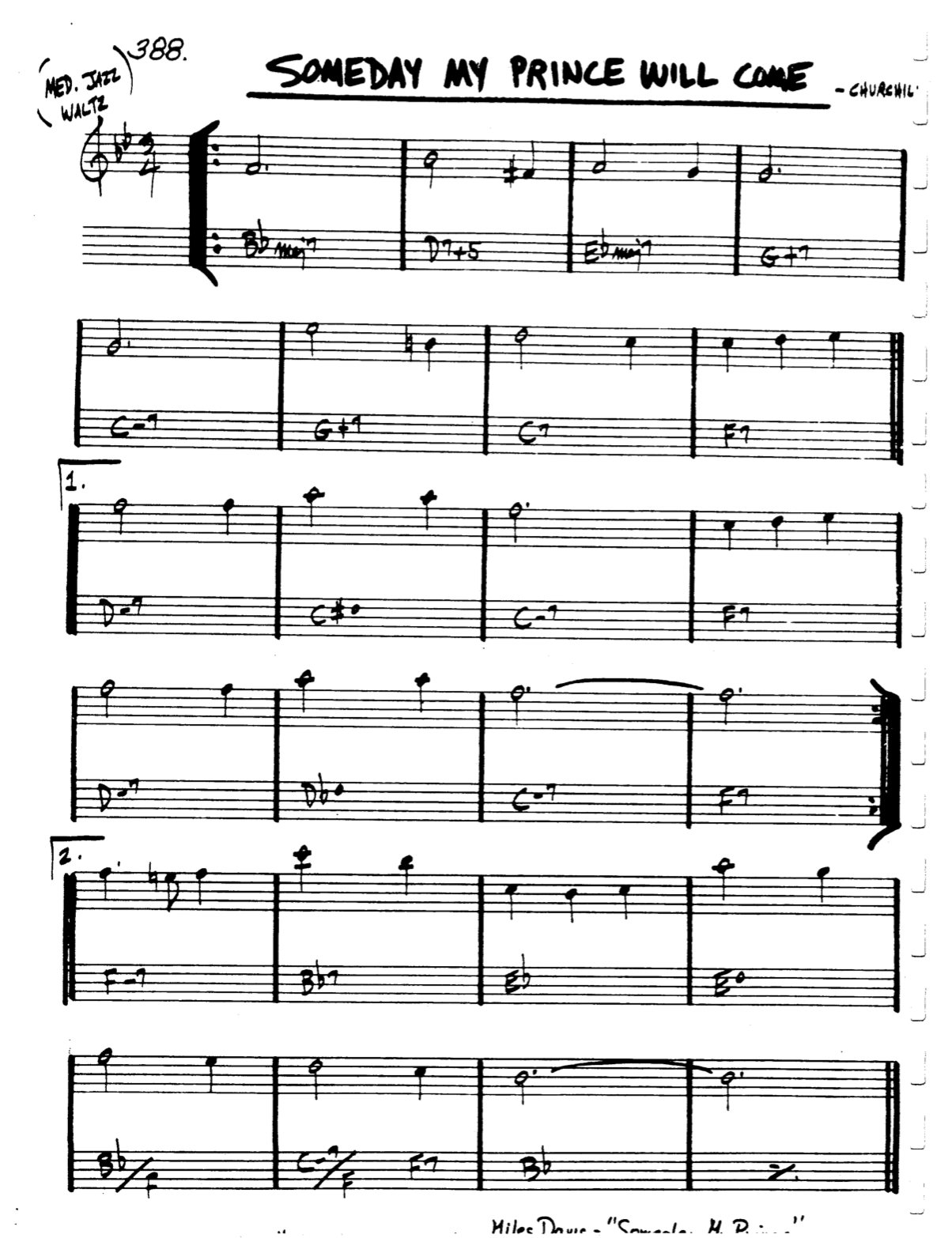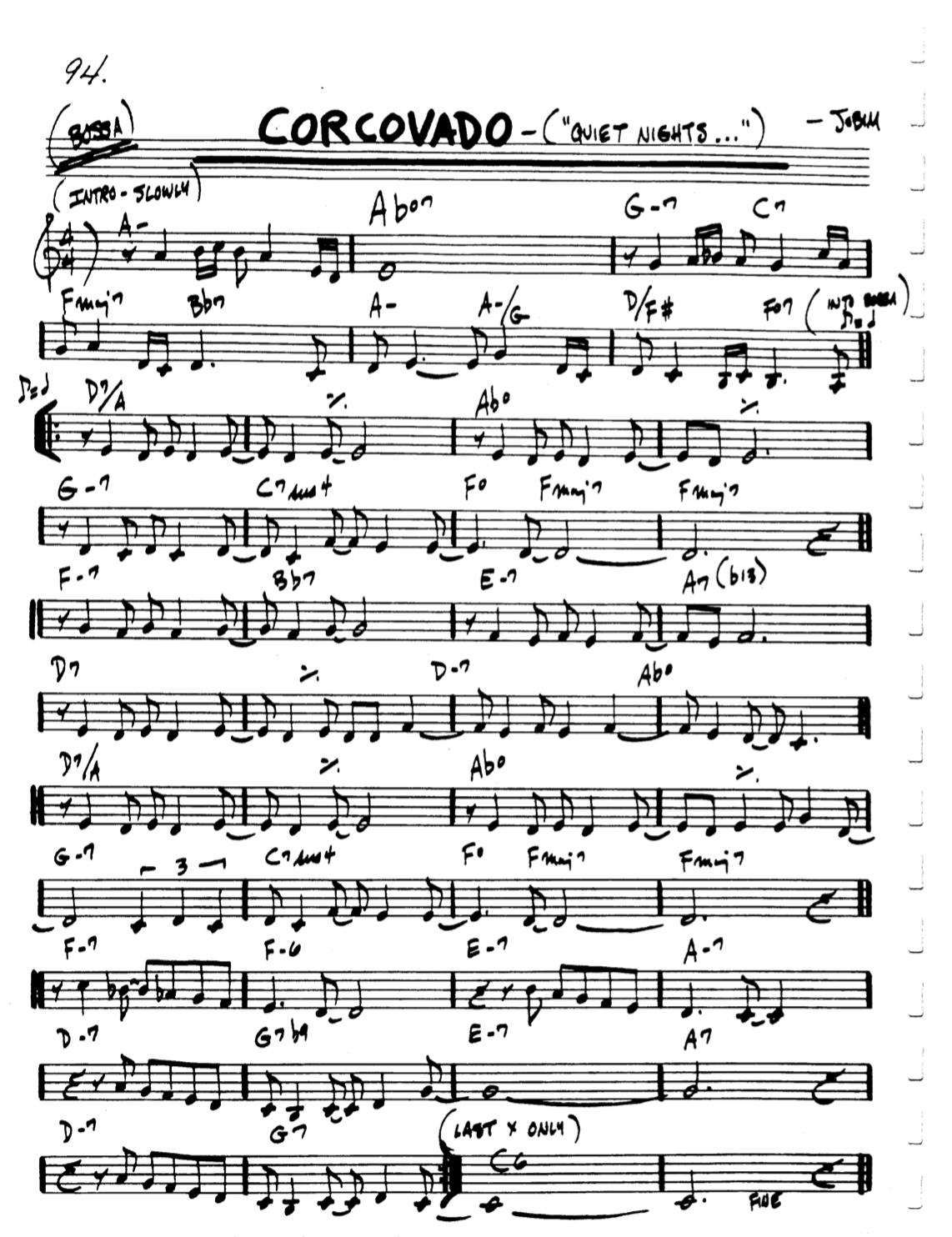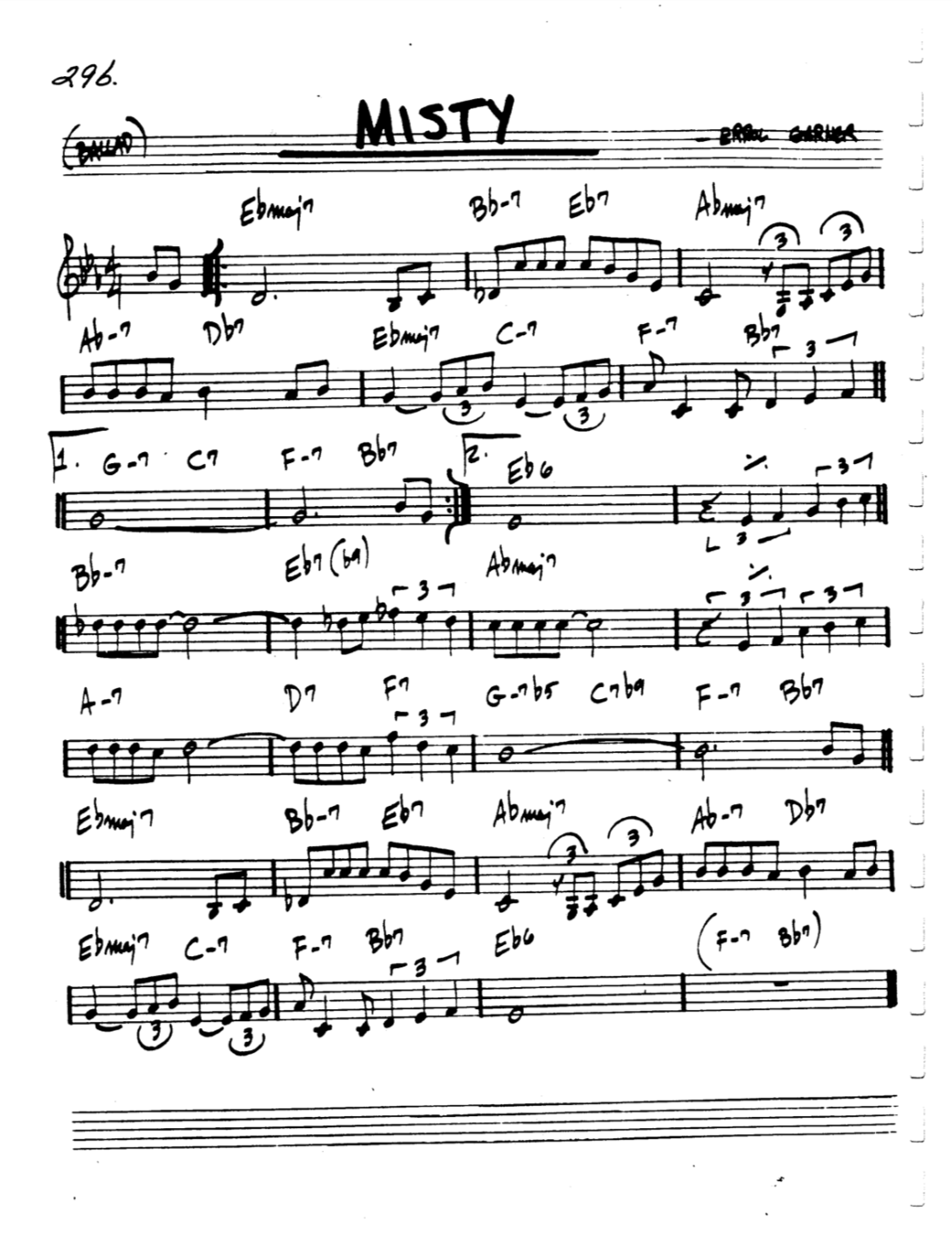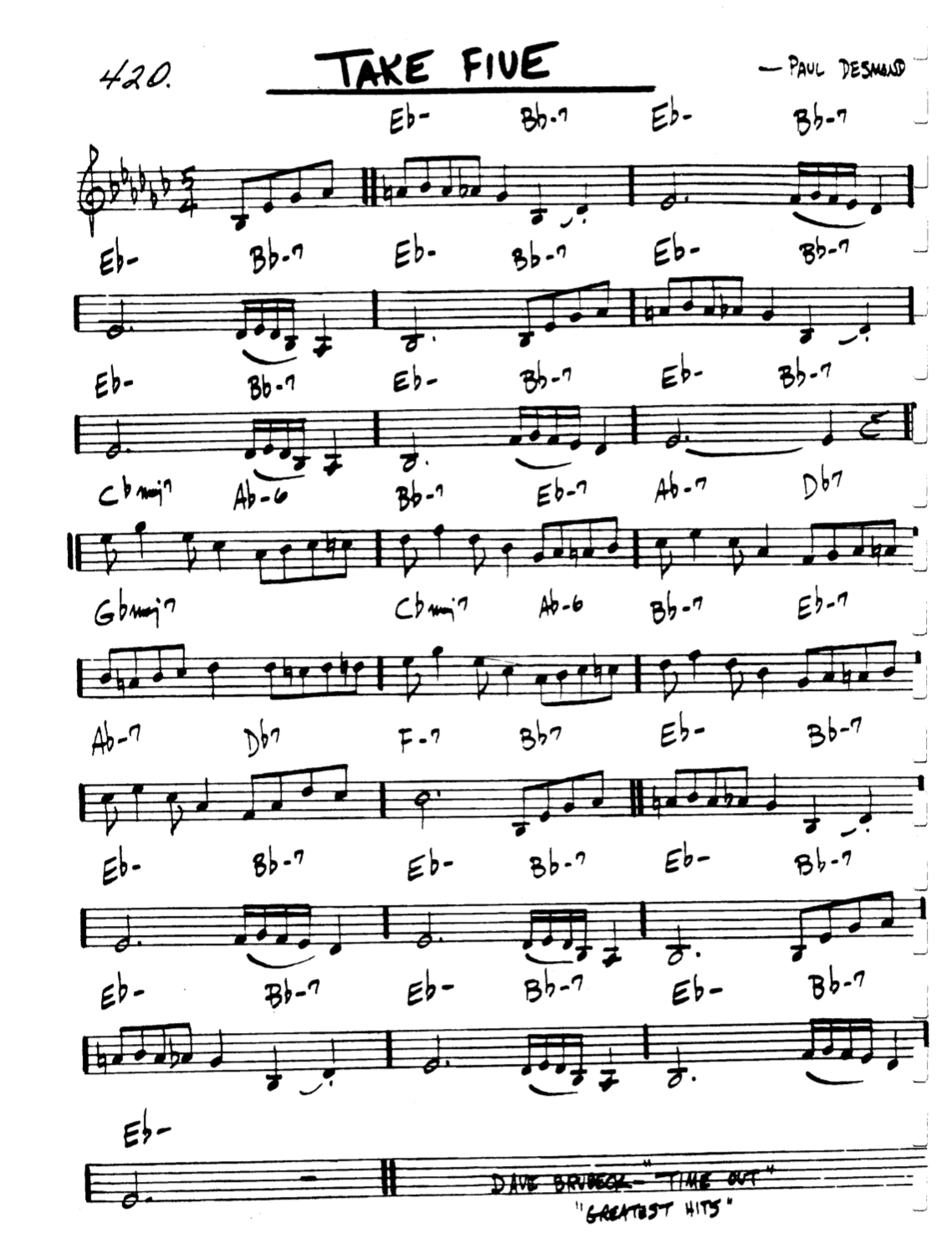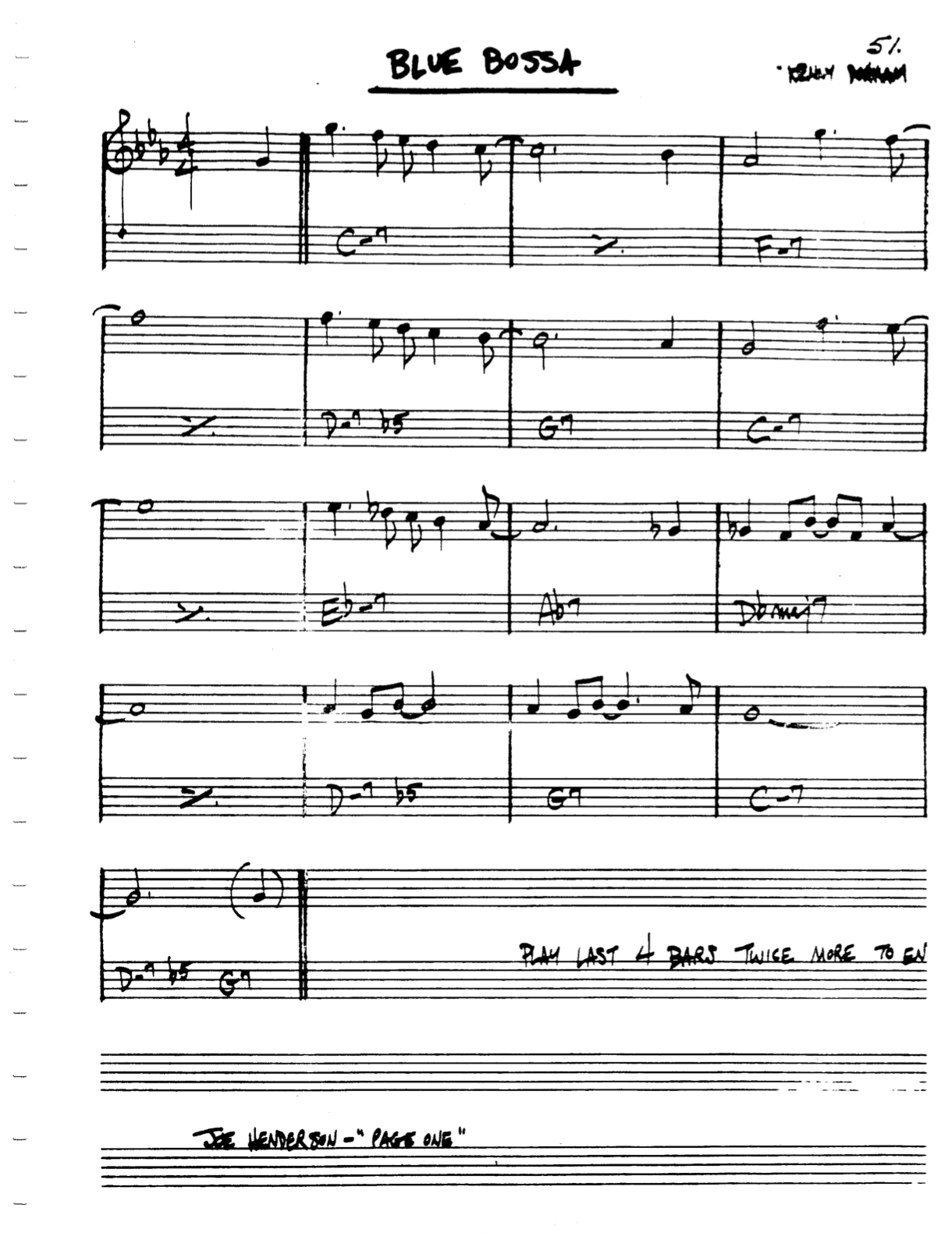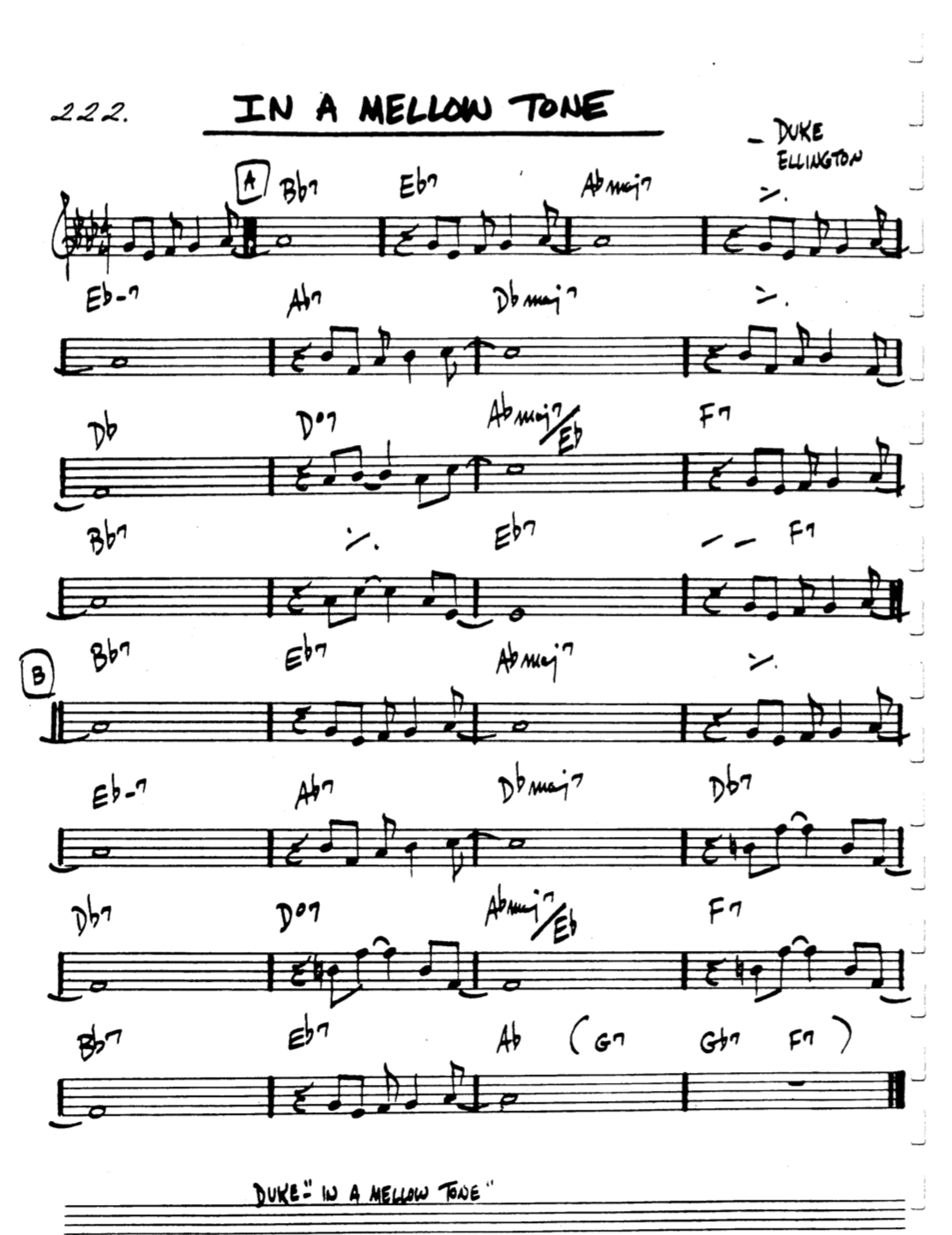If you’re looking for the Song For My Father Lead Sheet, you’ve most definitely just found it!
Song for my father is another one of those classic jazz standards songs that if you’re new to jazz you will start running in more frequently than you thought.
It was written by Horace Silver, who has written countless of very famous jazz standards in the past.
As always here at Minedit, we’ll give our opinion on the difficulty of the song along with that we can do to improve our chances of really having a good chance at mastering and dominating this jazz standard.
How Difficult Is The A Song For My Father Lead Sheet?
When we first analyze a song we have to first make a general statement.
This latin-ish jazz standard actually has a very fun main melody that repeats quite often.
As for the harmony, the chords last longer than one measure, which is great in terms of soloing purposes, because this means that you will have access to more brain power to focus on soloing instead of having to change scales and or arpeggios every half measure as in many other jazz and bebop standards.
I’ve played the Song For My Father Lead Sheet only once or twice, but I always had a lot of fun doing it!
For me, it happened in a school setting where as a small band we had to play a bunch of jazz standards.
How To Really Master The Song For My Father Lead Sheet?
As always, with every specific jazz standard we give tips on what it is you can do to improve your ability to master this song through your instrument and understanding of what is happening harmonically.
The first step that we always, and by that I mean truly always recommend first is to master the melody.
The melody IS the song. Let’s say we take away the harmony and chords and just play the melody.. Sure, you’ll recognize the song for sure!
Let’s say for a minute we will take away the melody and play just the chord progression and harmonic. Depending on if you’re playing the same voicings and rhythm as a famous rendition, people won’t be able to tell what song you are playing just based on the harmonically changes.
That’s why we always recommend as step 1, for you to learn and fully memorize the melody, no matter what instrument you play, even if you are a bass player.
The second step, that we almost always recommend is that one learns, memorizes and masters the harmony.
Depending on your instrument, make sure you know what voicings you’d like to use in order to play this song. Heck, sometimes you may just want to learn different types of voicings over the same chords.
And keep in mind, even though you may be practicing just to learn this song specifically, harmony is harmony and chords are chords. You will see the same chords everywhere over and over again, especially 2 5 1 progressions.
Once you’ve master the harmony and chord progression, we recommend that you play the song as often as possible in a live setting. This is a another level and layer of familiarizing yourself with the song.
This means playing with friends in a jam setting or family members who play musical instruments and jazz.
Up next, the following step we recommend is that you print out the Song For My Father Lead Sheet, and that you analyze the chords progressions with roman numerals.
Try and figure out what chords are part of the key you know.. Then determine which ones aren’t and that’s going to be your base line in terms of what you can do soloing wise over this song.
Once you’ve done that, move on to figuring out how the arpeggios go over each chords (which is pretty straight forward) and then you figure out what scales go over every chord.
Now, it’s important to note that over every type of chord, no matter the quality of the chord, you can play multiple scales.
You can keep things diatonically, or not, and that’s a matter of taste and what you’d like to sound like, so make sure that when you have printed out the Song For My Father Lead Sheet and you’ve written scales above every chord, that first of all they are theoretically correct, but also that they are the correct ones you’d like to use.
Next, you make sure that you can practice the song throughout the chord changes soloing wise. What this means is that now is the time to put everything to the test and try to play your scales over each chord progression and make sure that you can follow the chord progressions and scales with your instrument.
Once you’ve done that, and you can even do a mix between scales and instruments, it’s time to incorporate licks and other patterns you may have learned over time.
Final Words
Finally, I’d like to thank everybody who showed up and visited our website and search for this lead sheet. We wouldn’t be anywhere without you girls and boys. and I mean that!
With that being said, we would all very much appreciate it here at Minedit if you could leave a comment in the comment section down below. It can be about anything related to the website or the lead sheet in general.
All of this information and feedback really helps, and as mentioned in many other posts will allow us to use this feedback and improve the user experience of our website so it serves you much much better.
Also, we would like to point out to anyone visiting our website that we have a rating system down below that we would very much appreciate if you could use and leave a rating on what you thought your experience looked like while visiting our website.
Again, this all helps make things a bit better for the future.
Also, if you are a beginner, intermediate or advanced jazz player, we are always looking to hear about super great stories of events or things that have happened during a gig or performance. If there is anything that you would like to share, anonymously of course, you can very easily do that through our bottom comment section as well.
Lastly, don’t forget that if you are looking for a very particular jazz standard, you can always use our search box in the menu bar above and type in the name of the song or composer and it’ll take you straight to their page.
If for some reason, you type in a song and it doesn’t show up, don’t hesitate to reach out to us either way, because we will do our very best to make sure that we can find your lead sheet, sheet music or chart and share it here on our platform so that it is available for you and everyone else in this world.
Here at Minedit, that is exactly what we stand for and what we want people to take from here when they leave. We strive to provide public domain files and information so that people can educate themselves more and better moving forward.
Education is an important topic for us, which is why you will see in the near future we will start to add a video section that will provide free education and video lessons for anyone who is interested.
Now, for our final words, we would like to thank all of you for entrusting us with your search questions and hope that you will spread the word to any of your music friends of the existence of our website!
Kindly share our website to anyone who you think may be interested in using our file sharing platform.
